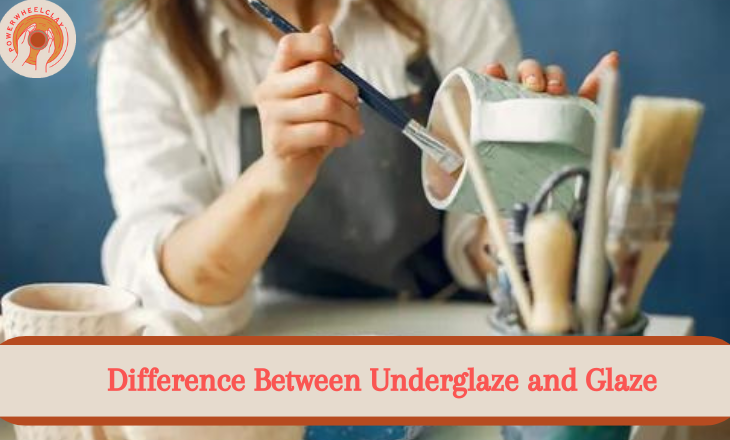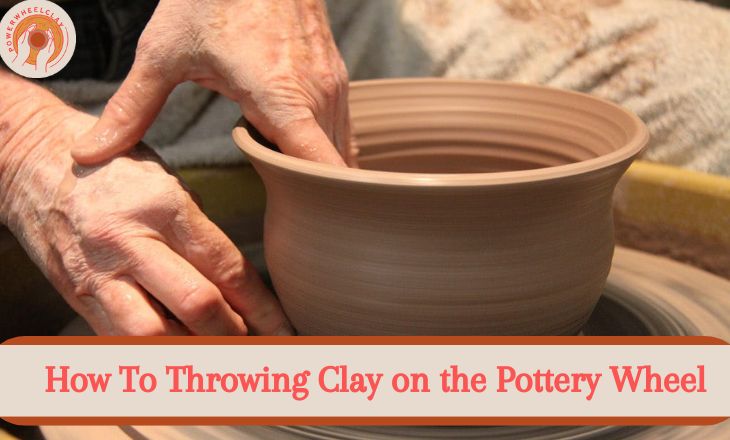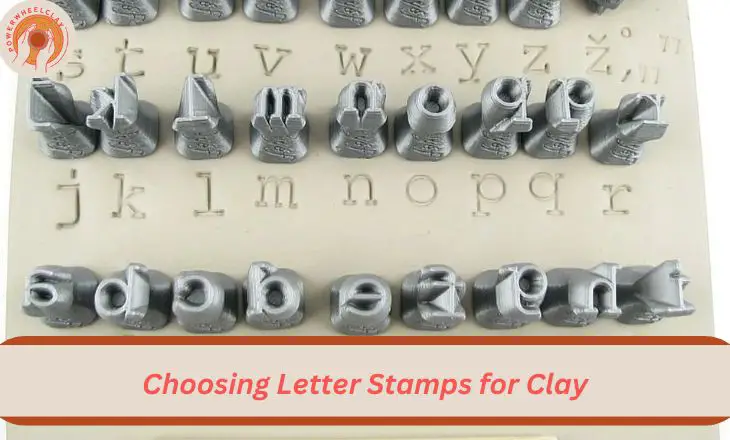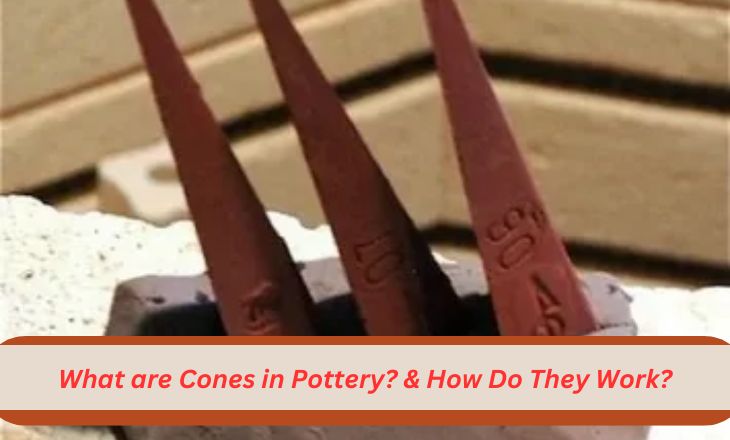The Difference Between Underglaze and Glaze
Underglaze and glaze are commonly used in ceramics to add color and texture to pottery pieces. While both serve the purpose of enhancing the visual appeal of the final product, they differ in their application techniques and properties. Underglaze is applied to unfired clay to create intricate designs or patterns before being covered with a clear glaze and fired in the kiln. Glaze is applied over a glazed or unglazed surface and creates a glossy, protective finish when fired.
What Is Glaze?
Glaze is a versatile and essential element in the world of art, pottery, and baking. In pottery, glaze serves as a decorative coating that adds color, texture, and shine to ceramic pieces. It not only enhances the visual appeal but also plays a crucial role in protecting the surface from moisture and stains.
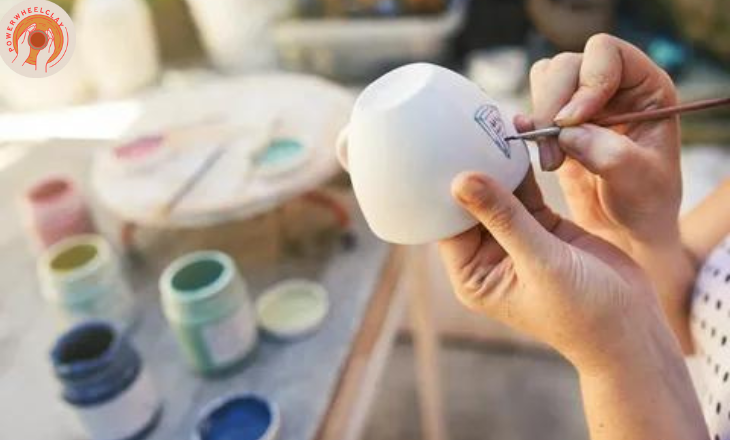
Choose the perfect glaze for your pottery, it’s important to consider both aesthetics and functionality. The beauty of glaze lies in its transformative power – turning ordinary objects into remarkable works of art or elevating simple treats into gourmet delights. Its application requires skill and creativity, making it an intriguing component for artists and bakers alike seeking to enhance their creations with a pop of color or an extra layer of indulgence.
What Is Underglaze?
Underglaze is a type of ceramic decoration that is applied to pottery before it is fired in the kiln. It comprises colored pigments mixed with water and a binder, creating a smooth and consistent consistency. Unlike glazes, underglazes do not produce a shiny finish but instead result in matte or satin surfaces when fired.
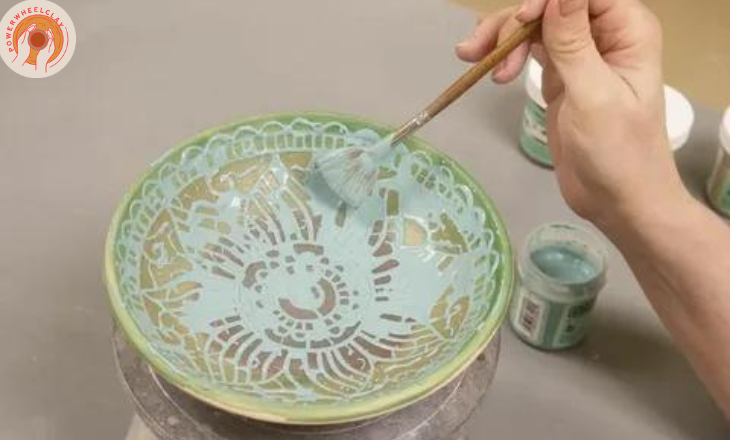
One unique aspect of underglaze is its ability to be layered and blended, allowing for intricate designs and patterns to be created on ceramic pieces. Underglazes are often used for detailed painting techniques such as sgraffito or Mishima, adding depth and texture to the finished piece. Overall, underglazes provide ceramic artists with a versatile and expressive medium for decorating their creations.
The Difference Between What Underglaze And Glaze Looks Like
Underglazing and glazing are both popular techniques used in ceramics to add color and texture to the surface of the clay. Underglaze is typically matte in appearance, offering a more subtle and opaque finish compared to glaze. It tends to retain the brushstrokes and textures of the clay underneath, giving pieces a more earthy and natural look.
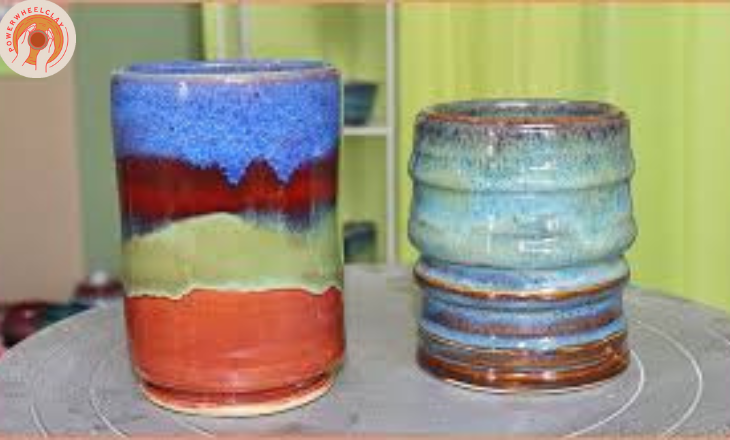
Glaze produces a glossy and glass-like finish when fired, creating a smooth and shiny surface that enhances colors. Glazes can vary widely in terms of transparency, from completely opaque to translucent or crystal clear. This allows for greater flexibility in achieving different effects such as crackling, pooling, or layering for unique artistic results. The choice between underglaze and glaze depends on the desired aesthetic outcome for each ceramic piece.
The Difference Between When Underglaze and Glaze Are Applied
The application of underglaze and glaze can make a significant difference in the outcome of the piece. Underglaze is typically applied before firing and is known for its ability to provide vibrant colors with detailed designs. This allows for more precision in creating intricate patterns or illustrations on the surface of the pottery.
Glaze is usually applied after firing and serves multiple purposes such as adding a glossy finish, enhancing durability, and sealing the design created by underglaze. Glazes come in various finishes like matte, satin, or high-gloss which can drastically alter the appearance of the ceramic piece. Glazes have different qualities such as being food-safe or not, which is essential for functional pottery pieces like mugs or bowls.
When Is Underglaze Applied?
Underglaze is typically applied to ceramic pieces before they are glazed and fired in the kiln. This allows the underglaze colors to become permanent once the firing process is complete. The application of underglaze can be done using various techniques such as brushing, dipping, or even sponging, depending on the desired effect.
It is important to apply underglaze at the right stage of the ceramic-making process to ensure a successful outcome. Applying underglaze too early can cause it to blur or run during subsequent glazing and firing stages, while applying it too late may result in poor adhesion or color distortion. Understanding when to apply underglaze is crucial for achieving vibrant and long-lasting colors on ceramics.
The Difference Between What Glaze And Underglaze Are Made of
Glaze and underglaze are both essential elements in ceramic art, but they differ significantly in their composition. The glaze is typically made of silica, fluxes, and colorants, creating a glassy coating when fired at high temperatures. This glossy finish adds depth and vibrancy to ceramic pieces, enhancing their aesthetic appeal.
Underglaze is composed of clay minerals mixed with colorants and water to create a paint-like consistency. Unlike glaze, underglaze does not produce a shiny surface but provides a matte or satin finish. Artists often use underglazes for intricate designs or detailed decorations before applying a transparent glaze over the top for added protection and sheen.
What Is Underglaze Made Of?
Underglaze is a popular material used in ceramic art, known for its vibrant colors and versatility. The main components of underglaze typically include clay, flux materials such as feldspar or borax, colorants like oxides or stains, and water. These ingredients are carefully mixed to create a smooth paste that can be applied to pottery before firing.
One interesting aspect of underglaze is its ability to enhance the surface of ceramics through intricate designs and patterns. Artists often use underglaze to add detailed decorations or colorful accents to their creations. Additionally, underglazes come in various forms such as liquid, powder, or crayon-like sticks, offering artists different options for application techniques.
Gum
Underglaze is a versatile art medium primarily made of clay, minerals, fluxes, and pigments. These ingredients are carefully formulated to create a stable and durable substance that adheres well to pottery surfaces. Unlike regular clay slip that tends to flake off bisque ware due to shrinkage differences, underglaze is designed to maintain its integrity during the drying and firing process.
The addition of fluxes in underglaze helps lower the melting temperature during firing, ensuring that the colors fuse with the clay body without running or dripping. Pigments are responsible for giving underglazes their vibrant hues, allowing artists to create a wide range of colorful effects on their ceramics.
Frit
The inclusion of frit, a ceramic ground-up glass material, introduces a whole new dimension to underglaze applications. When fired in a kiln, frit melts and forms a smooth glassy surface on the pottery as it cools. This transformative process imbues the finished piece with a lustrous sheen akin to that of traditional glazes, blurring the lines between the two mediums.
The ratio of frit to clay in underglaze compositions plays a crucial role in determining their final appearance and behavior during firing. With higher concentrations of frit relative to clay content, underglazes begin behaving more like conventional glazes when subjected to kiln temperatures. The effect can be stunning, offering artists the opportunity to achieve unique satin-like finishes that enhance the visual appeal of their ceramic creations.
Ingredients In Glaze
- Glass-forming substances
- A stiffener
- Flux
Underglaze is a fascinating medium that consists of a specific blend of ingredients carefully formulated to create stunning ceramic pieces. Key components like glass-forming substances, stiffeners, and flux work in harmony to yield the desired effect. The glass formers, such as silica or boron trioxide, provide the essential silky finish that characterizes underglaze ware.
Moreover, the presence of flux plays a crucial role by lowering the melting point of glass formers, facilitating their fusion at lower temperatures. This intricate dance between these primary elements orchestrates the transformation from raw material to exquisite glazed artistry.
The Difference In How Glaze And Underglaze Are Used
The glaze is typically used to create a smooth, even finish on a larger surface area, requiring multiple coats to achieve that desired effect. Underglaze offers more flexibility in detail work, allowing for intricate designs and precise applications. Artists often opt for fine brushes when working with underglaze to capture delicate patterns or elaborate motifs on their pottery pieces.
The choice between glaze and underglaze ultimately depends on the artistic vision of the potter and the desired outcome of the piece. While glaze provides a uniform and glossy finish suitable for functional ceramics, underglaze offers a broader range of artistic expression through its versatility in detailing and design work. Experimenting with different application techniques can further enhance these unique characteristics of glazes and underglazes, resulting in truly individualized pottery creations that showcase the artist’s skill and creativity.
Overglazes And Enamels
Using overglazes and enamels in ceramics allows artists to elevate their creations with intricate and vibrant details. These specialized pigmented glazes open up a world of possibilities, from adding a touch of shimmering gold to creating delicate floral patterns. The magic happens when these overglazes are expertly applied onto already glazed pottery, ready to be fired at a lower temperature to reveal their true colors.
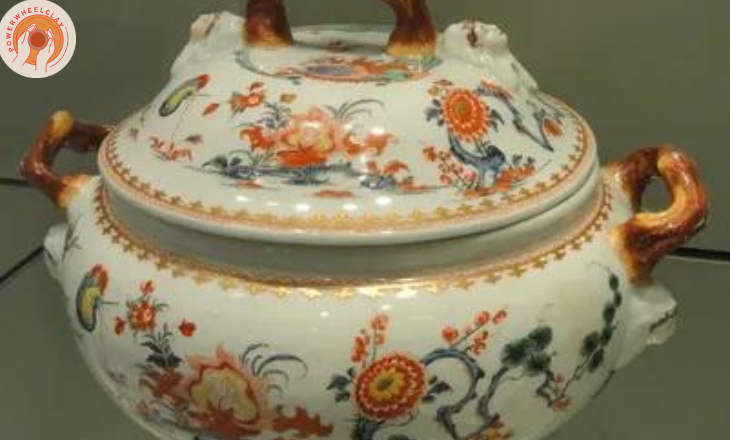
The process of applying gold luster or enamel may seem daunting at first, but the results are truly mesmerizing. It’s fascinating how these pigmented glazes transform from a dull brown hue into brilliant shades when fired, adding depth and dimension to the ceramic surface.
Applying Underglaze On Top Of Glaze
When applying underglaze on top of a glaze, the possibilities for creating unique and vibrant ceramic pieces expand exponentially. This unconventional technique allows artists to experiment with layering colors and textures in unexpected ways, resulting in striking visual effects that traditional methods may not achieve. By adding underglaze over a glazed surface, artists can create depth and dimension in their work, playing with contrasts between the matte underglaze and the glossy glaze underneath.
One interesting aspect of using underglazes on top of glazes is the element of unpredictability it introduces to the creative process. Artists must consider how the underglaze will interact with the existing glaze layer, leading to happy accidents and surprising outcomes that can add a sense of spontaneity to their work.
Underglaze vs Glaze – Which Is Best?
When it comes to glaze vs underglaze, both have some unique features. The advantage of ceramic underglaze is its versatility in terms of colors and intricate designs. Underglazes allow for more precise detailing and layering compared to traditional glazes, making them a favorite among artists looking to achieve complex and vibrant finishes.
On the flip side, underglaze ceramics require an additional firing process since they are typically applied before the final glaze. This extra step can be time-consuming and add complexity to the overall production timeline.
Conclusion
Underglazes are applied before firing and allow for intricate designs and details, glazes are typically applied after firing to add color and a glossy finish. Both play crucial roles in enhancing the aesthetic appeal and durability of ceramic pieces. By mastering the techniques of using underglaze and glaze effectively, artists can create stunning works of art that showcase their creativity and skill. Experimenting with different combinations of underglazes and glazes can lead to unique and beautiful results, so don’t hesitate to explore the possibilities in your pottery creations.
FAQ’s
What Is Underglaze Ceramic Definition?
Underglaze ceramic refers to the technique of applying colored decoration to pottery before it is glazed and fired in a kiln. Using underglaze allows for more intricate and detailed designs, as well as vibrant colors that can be layered for depth.
What Are The Main Differences Between Underglaze vs Overglaze?
The main difference is when they are applied – underglazes are applied before firing, while overglazes are applied after firing.
Can You Put Glaze Directly Over The Underglaze?
Yes, you can apply glaze directly over the underglaze. The glaze will seal the underglaze and create a glossy finish, while the underglaze design will show through. Ensure the underglaze is dry before glazing to prevent smudging.
Why Is Underglaze So Expensive?
Underglaze is often expensive due to the high-quality pigments and materials used to achieve vibrant, stable colors that can withstand the firing process. The production process is also labor-intensive, ensuring consistency and durability.
